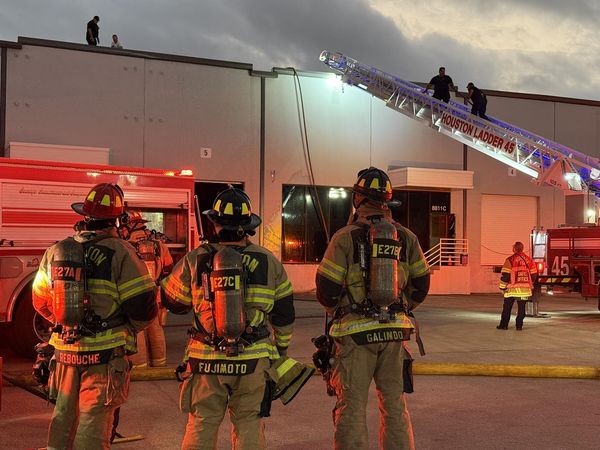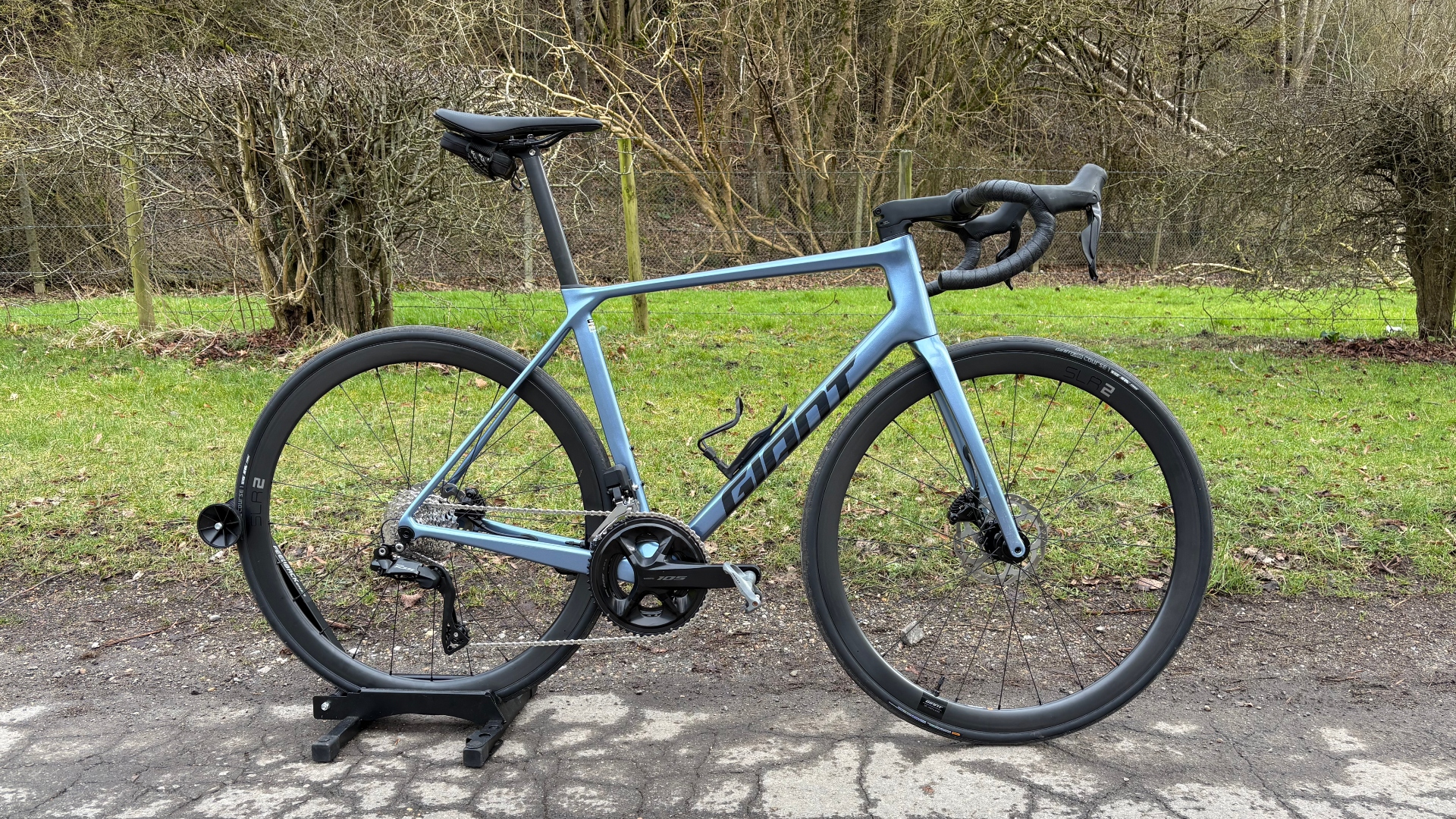
The range-topping Giant TCR Advanced SL won our prestigious Climbing Bike title in our latest Race Bike of the Year test. However, at £11,999 / $12,750, it’s far beyond reach for most of us. With Giant known for offering excellent value for money, we wanted to test a more affordable option and see if the trickle-down effect extends to the lower tiers of the TCR range.
Now in its 10th generation, the TCR is designed to be light, aerodynamic, and stiff—everything you’d expect from an all-round race bike. Visually, this latest version differs from its predecessor with fully integrated cables, and a more aggressive truncation of the tubing, giving it a noticeably beefy front end. Giant claims that the wind-tunnel tested frameset and cockpit improve ‘overall aero performance compared to the previous version’.
Looking at the spec sheet, it’s clear that you get a lot of bike for the money—or, at least, a well-specced bike for what is still a significant price. A full 105 Di2 groupset and carbon-rimmed wheels put it ahead of most competitors in this price bracket.
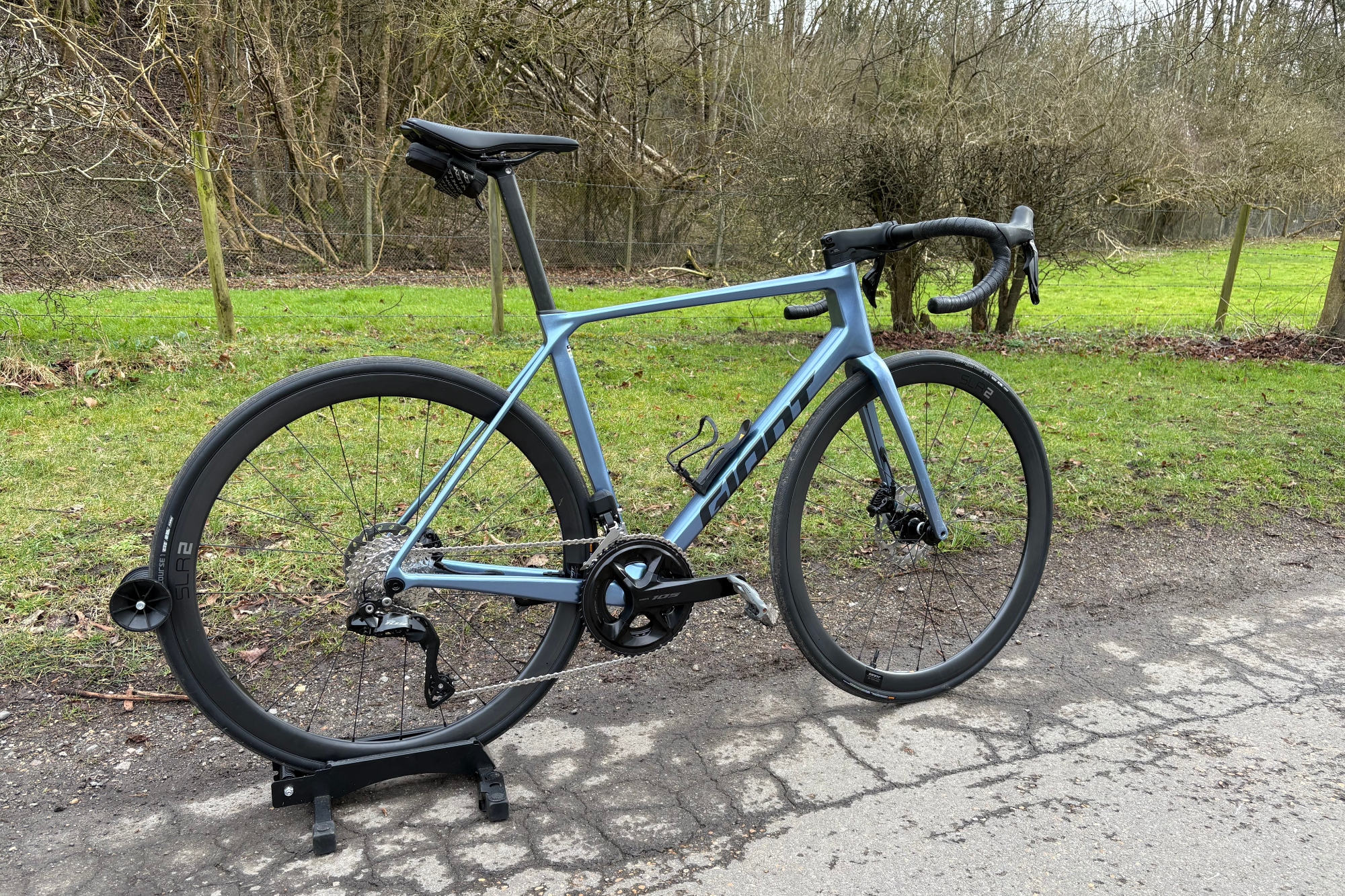
The construction
The frame and fork are constructed using Giant’s Advanced Composite carbon fibre, primarily utilising Toray T700 with some T800 around the bottom bracket area. With prices starting at £2,699 / $3,300 (at the time of writing) and going up to £3,799 / $5,200, the Advanced range sits at the third tier within the TCR hierarchy. Above it, the mid-range Advanced Pro models start at £3,999 / $5,700, while the flagship TCR Advanced SL range benefits from Giant’s highest-grade SL carbon, advanced layup, superior bonding processes, and is mated with top end groupsets and Giant’s premier wheels and finishing kit.
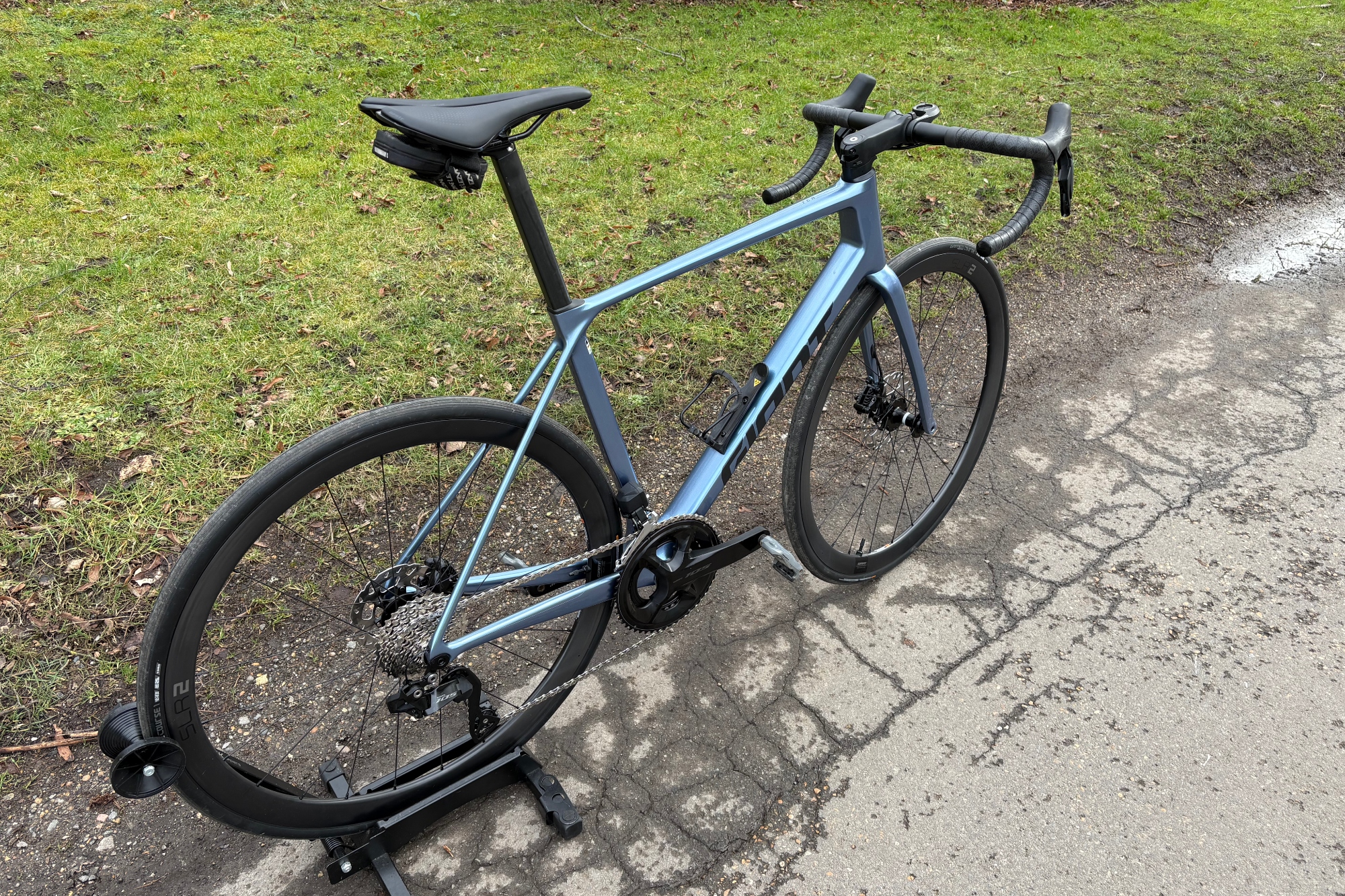
In terms of geometry, the entire TCR range remains the same, meaning you’re getting the same race-oriented DNA as the pros.
One of the most striking visual features is the way the bike tapers from a chunky front end to a slender rear. The bulky head tube, down tube, and bottom bracket contrast sharply with the skinnier top tube, which narrows from 51mm at the head tube to just 26mm at the seat tube. The narrow seat stays further enhance the sleek silhouette.
It doesn’t resemble a traditional aero bike - Giant still has the Propel for that - so you might assume aerodynamics weren’t a priority. However, the wide downtube has been optimised to work with a 500ml water bottle, and to perform efficiently across a range of yaw angles, making Giant’s aero claims convincing.
Tyre clearance is pretty generous and in line with current road bike trends, accommodating up to 33mm tyres.
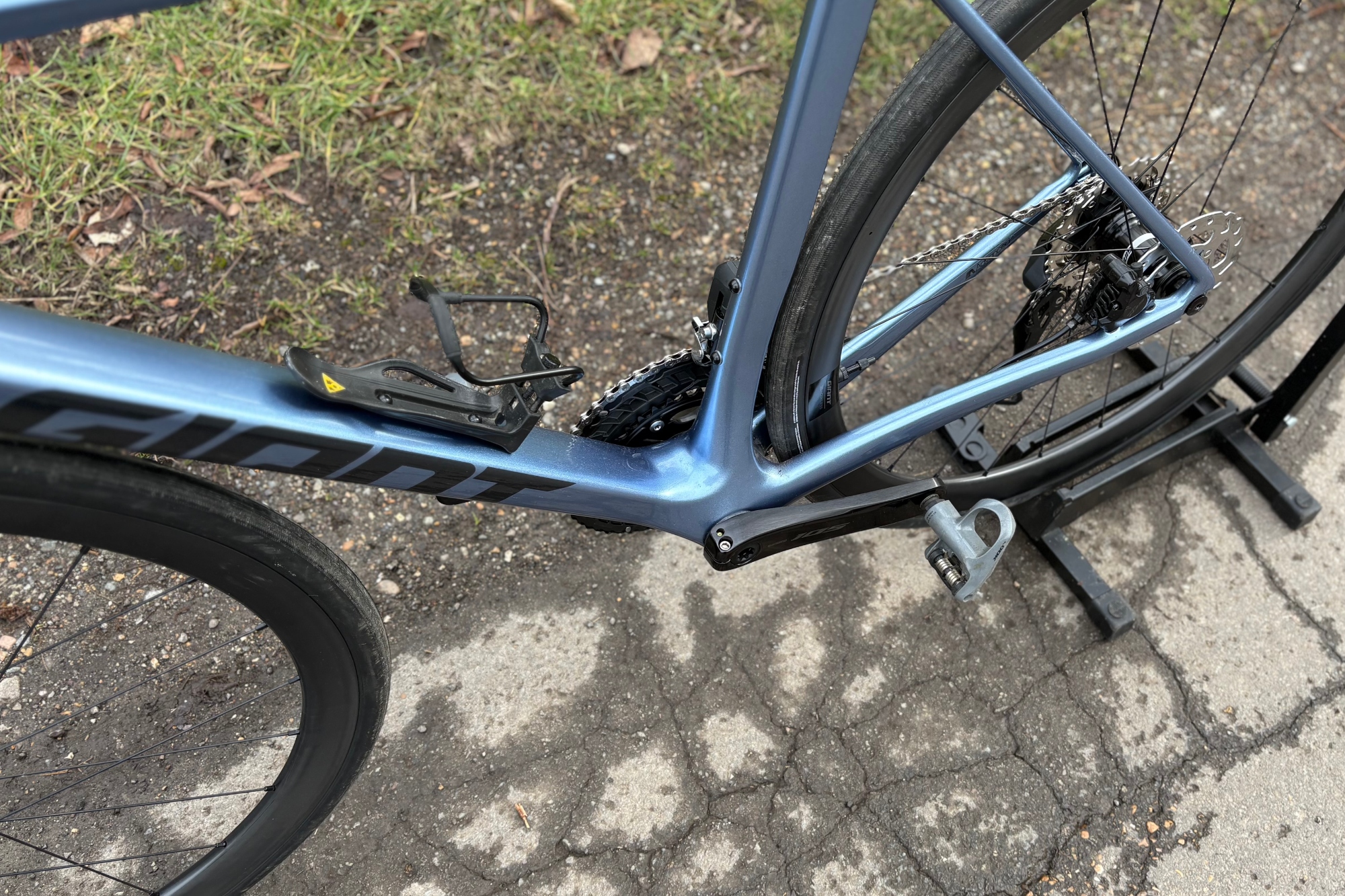
This model features an almost full Shimano 105 Di2 groupset, with 140mm rear and 160mm front RT70 rotors and 105 callipers. The gearing consists of a semi-compact 36/52 175.5mm chainset paired with an 11-34 cassette, linked by a KMC chain. A Shimano press-fit bottom bracket completes the drivetrain.
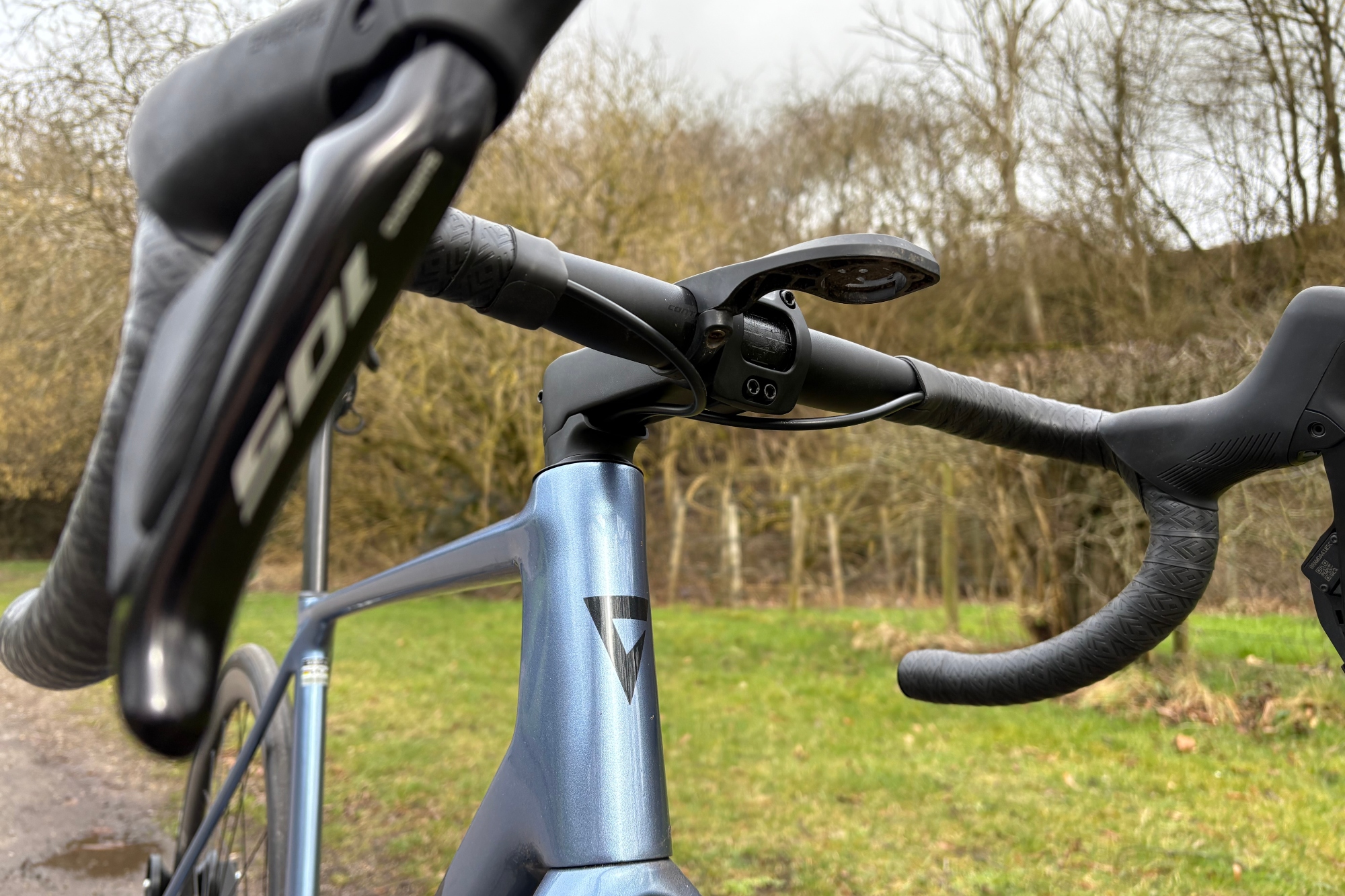
The cockpit and contact points are Giant’s proprietary components, with subtle branding. The Approach saddle features steel rails and a cut-out design, mounted on a D-shaped seatpost that balances aerodynamics with a degree of compliance. The handlebars measure 42cm (C-C) on this M/L size model. Brake hoses run neatly under the Contact stem and integrate with the frame via a spacer just below it.
This is the first model in the range equipped with carbon wheels as standard. The in-house SLR 2 wheelset is 36mm deep, providing a good all-round option. Designed to be run tubeless, the hookless rims have an internal width of 22.4mm and an external width of 26mm. The tyres are Giant’s own Gavia Course 1 in 25mm, though Giant claims they measure 28mm when mounted on these rims—I measured them slightly wider.
The ride
A bike so closely resembling those raced at WorldTour level will always be well-balanced, handle precisely, and respond instantly to rider input. From my first ride, it was clear that even at this price point, the Giant remains an out-and-out race bike. Instant accelerations delivered a direct and efficient feel.
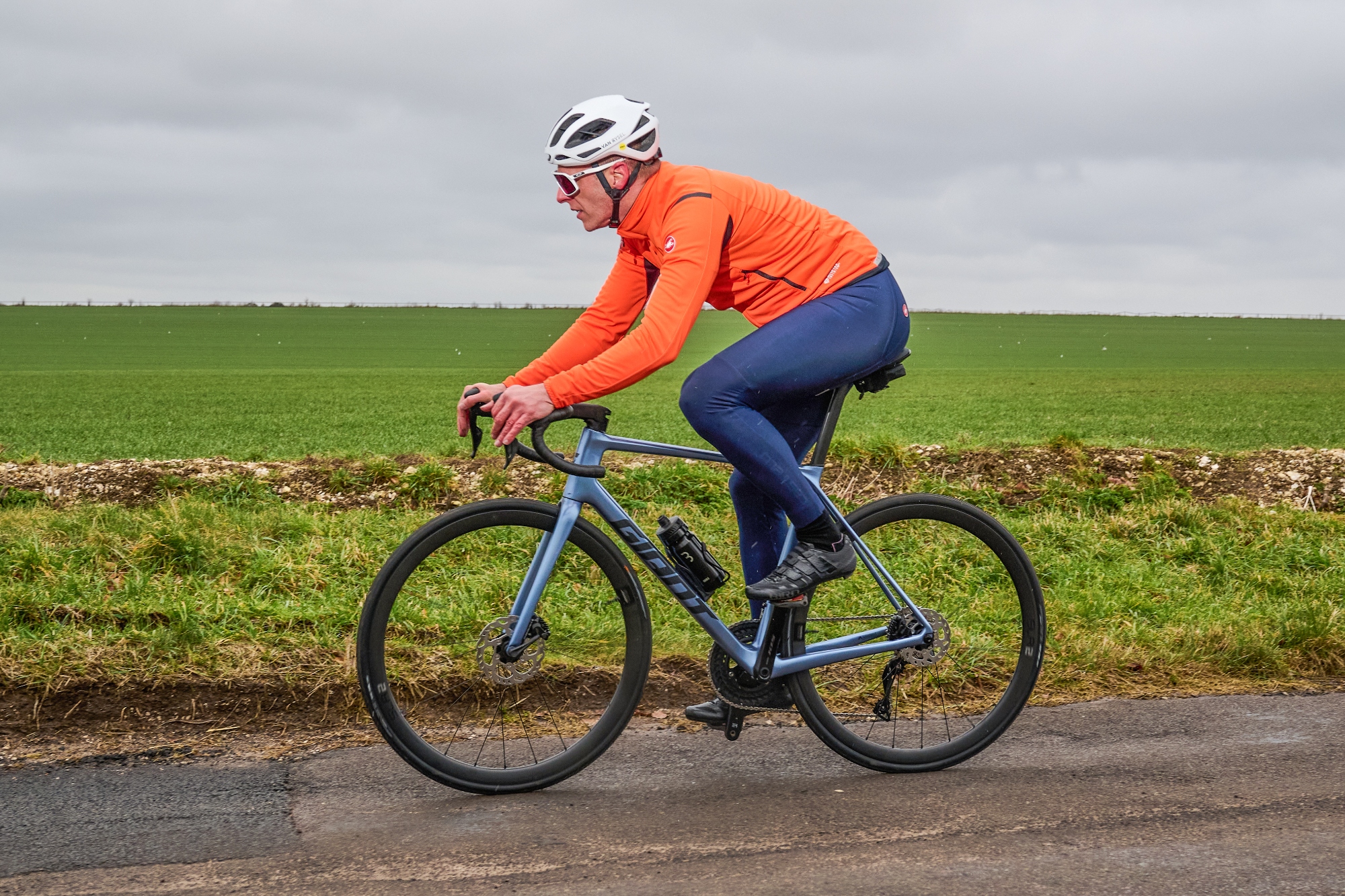
On fast, sweeping bends, the bike inspired confidence, while in tighter, crit-style corners, it felt agile and easy to adjust mid-turn—ideal for reacting quickly to unexpected line changes.
There’s no doubt this is a stiff bike. Within the first few hundred metres, that much was obvious, and if I had somehow missed it, the SLR 2 wheels chimed in with a couple of noticeable pings as they settled in. As the ride progressed, I found myself wondering how much of the bike’s lively nature came from the wheels and tyres.
On rougher roads, the ride was undeniably firm. I wasn’t expecting a plush experience—this isn’t that type of bike—but I did double-check my tyre pressures and wheel width after the ride. Despite being set up tubeless from the factory, I wondered whether I had mistakenly inflated the tyres more than intended. Given the 22.4mm internal and 26mm external rim widths, plus 25mm tyres that measure 28mm in reality, the setup should provide enough compliance to absorb higher-frequency vibrations. A more supple tyre casing would likely improve comfort—a common observation for bikes in this price range
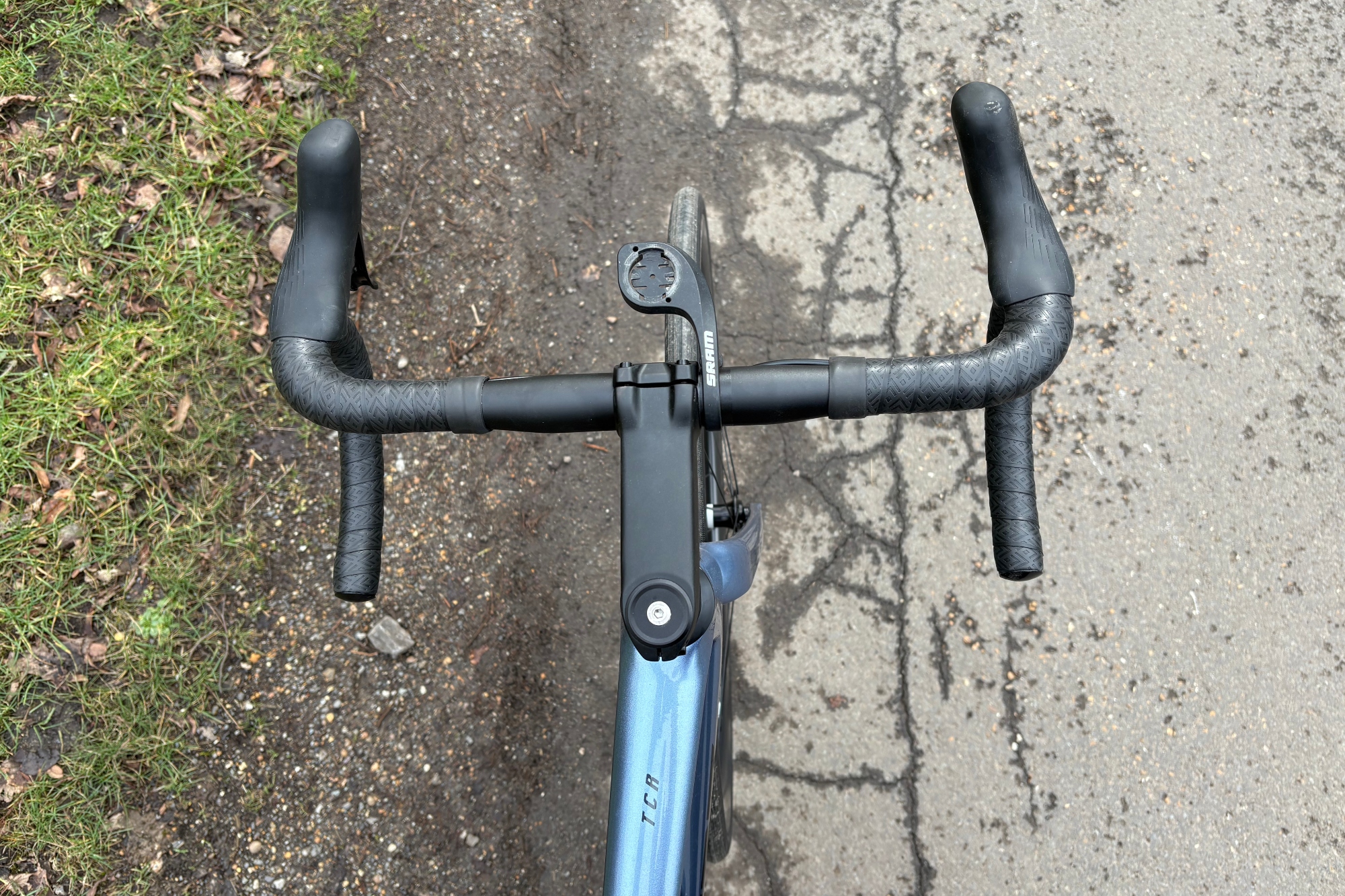
Shimano’s Di2 shifting needs no introduction—it’s a pleasure to use, and Giant deserves credit for including nearly a full Di2 setup at this price. There’s also a SRAM Rival eTap AXS version available for an extra £100 if Shimano isn’t your preference.
Despite weighing 7.94kg, the TCR feels lighter than the scales suggest, with every ounce of energy transferred efficiently to the road.
Personally, I would prefer the bars to have a slight flare, which would allow for a narrower top section, more in line with the higher-end models. While I don’t mind a wider position, the 42cm bars felt broad compared to what I’m used to on race bikes. Angling the hoods inwards helped, but it’s a subjective preference and an easy swap. A notable portion of this generation’s claimed aero gains come from the aero bars and integrated cables, so it’s a shame this model comes with standard round bars—they look like the one cost-saving compromise.
The other aspect worth considering is the wheels. If you already own a decent set, it might be worth questioning whether you need the carbon ones supplied with this model. They handled winter crosswinds admirably, offering stability and confidence, and the tyres felt durable. However, the alloy-rimmed version of this bike is £500 cheaper and the rest of spec is identical. That raises the question: should you save that money and invest in a deeper, faster wheelset for the flats?
Specs
- Sizes: S, M, ML, L, XL
- Colours: Gloss Frost Silver/Cold Iron
- Frame: Advanced-Grade Composite 12x142mm thru-axle, Disc
- Fork: Advanced-Grade Composite, Full-Composite OverDrive Steerer, 12x100mm thru-axle, Disc
- Handlebar: Giant Contact
- Stem: Giant Contact Aerolight
- Seatpost: Giant Variant, composite, -5/+15mm offset
- Saddle: Giant Approach 7mm Steel Rail, with UniClip / ParticleFlow technology
- Shifters: Shimano 105 Di2 2x12
- Front Derailleur: Shimano 105 Di2
- Rear Derailleur: Shimano 105 Di2
- Brakes: Shimano 105 hydraulic disc, RT70 160/140mm rotors
- Cassette: Shimano 105, 11x34
- Crankset: Shimano 105, 36/52
- Rims: Giant SLR 2 36 Carbon Disc Wheel System
- Hubs: [F] Giant Low Friction Hub, CenterLock, 12mm thru-axle [R] Giant Low Friction Hub, 30t pawl driver, CenterLock, 12mm thru-axle
- Tyres: Giant Gavia COURSE 1 Tubeless, 700x25C(28mm effective)




